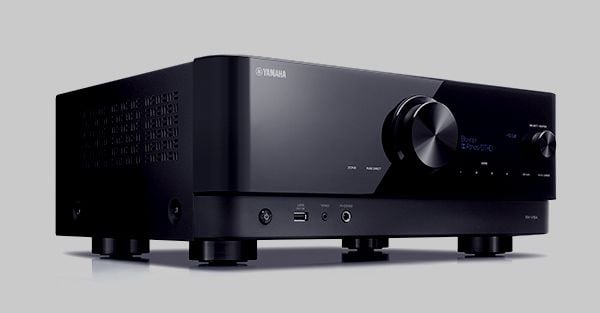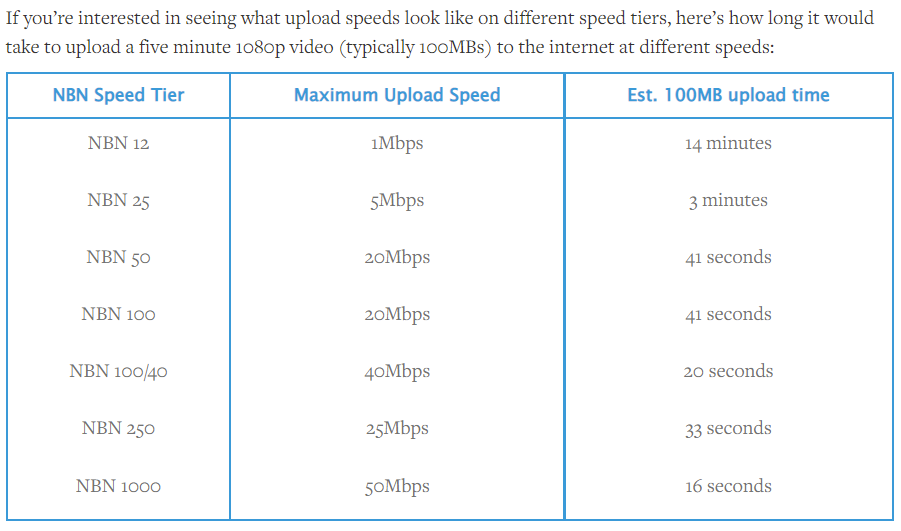Let’s face it: even the high end smart TVs have very average speakers. Action movies lack the oomph of special effects and music has poor bass. I think TV manufacturers could probably integrate better sound systems in their TVs but it would just end up adding to the price and weight while robbing us (and them) of the opportunity of purchasing a separate, expensive, good quality audio unit.
My personal opinion is that you should get one anyway. Once you’ve started to watch movies with a great surround sound, there is no turning back. You will never want to listen to crappy TV speakers anymore.
A word of caution: for some weird historical reasons, this is a fairly technical topic. I’ll try to keep it simple as possible but there are still some important concepts that you need to grasp in order to make the right decision.
Speaker setups
Basically you can have between 2 and 7 speakers, plus one (or two) subwoofer for bass. The various configurations are as below:
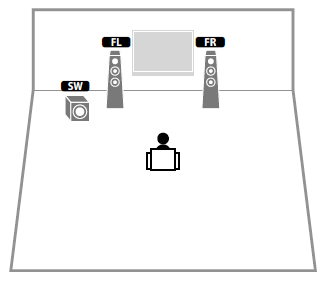
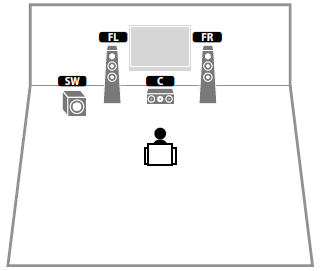
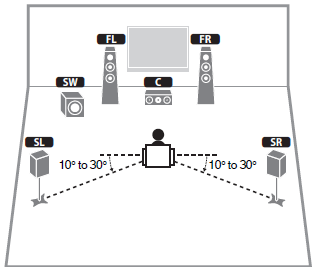
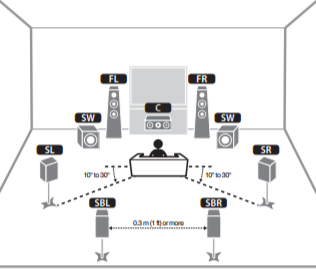
There are other configurations with speakers in the ceiling for true spatial sound like Dolby Atmos but for the moment we will keep things relatively simple.
If you just want to improve the sound of your TV then a 2.1 or 3.1 configuration through a sound bar will probably meet your needs. If you want to enjoy surround sound then a 5.1 configuration is the best compromise. But if you have the space (and the budget) a 7.1 or 7.2 setup might be a good match.
Where possible you should select wireless subwoofer and side/back speakers, this will avoid running audio cables across the room although you will need a power point nearby.
Digital audio formats and connectors
This is where things get a little complicated. Essentially there are two competing digital audio formats: Dolby Digital and DTS. Both formats are widely supported by audio manufacturers and you don’t really need to choose between the two. By default most video content on streaming platforms like Netflix support at least Dolby Digital for surround sound, apart from old movies that will have just mono or stereo sound.
Note: the most recent digital audio formats are Dolby Atmos and DTS:X. They allow cinema-like experience using ceiling speakers. They require more expensive audio systems.
Now, to support Dolby Digital or DTS, your TV needs to have a digital output to the sound system, this is usually done over the optical port (also called TOSLINK) or, sometimes over a coaxial digital cable, or, increasingly over the Audio Return Channel (ARC) HDMI port of your TV. The advantage of ARC is that you can also control your audio system with the TV remote.
Note that you cannot achieve true surround sound over the simple stereo AUX port of your TV or an optical port that would not output a true 5.1 digital signal (for example PCM) . In that case, you may obtain some simulated surround using technologies like Dolby Pro Logic or DTS:Neo if your audio system supports them.
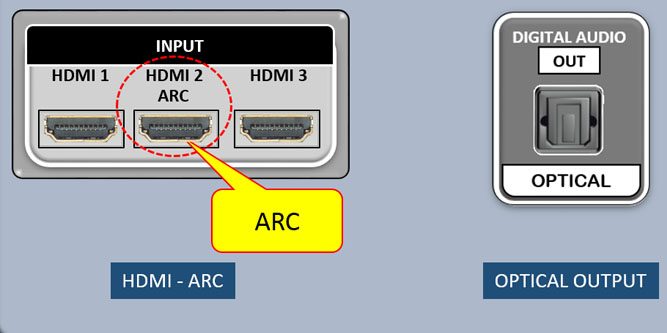
Note: Dolby Atmos and DTS:X require an Enhanced Audio Return Channel (eARC) HDMI port. Most recent Smart TVs now have an eARC HDMI port.
Sound bars
Sound bars are the best way to quickly improve the sound of your TV at a relatively low cost. For ease of use, it’s preferable to select a sound bar from the same brand as your TV as it should integrate all the control functions seamlessly into into one remote control.
For example if your have an LG TV like me you could start with a simple LG 2.1 sound bar similar to this one:
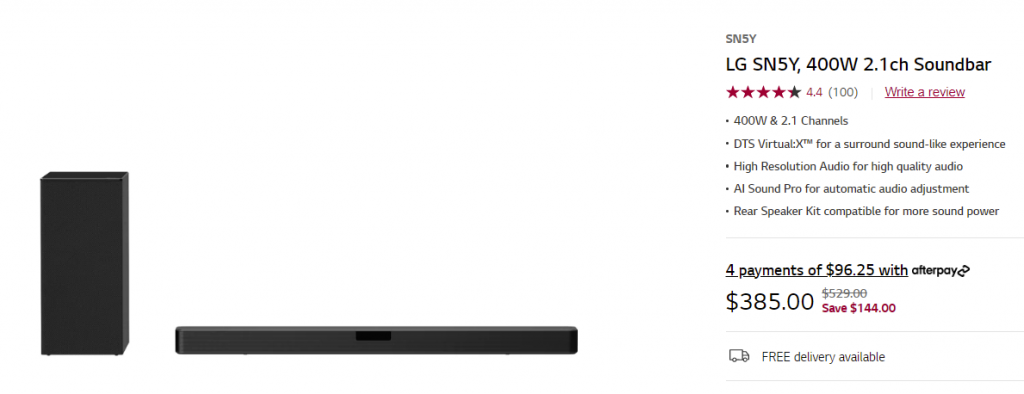
Then you can augment your setup with a pair of rear speakers like these ones:
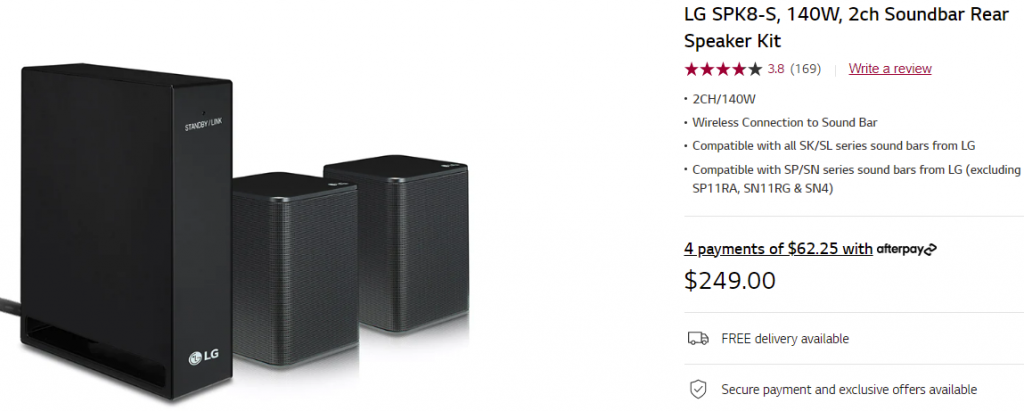
Audio Video Receivers
The main advantage of using an AV receiver instead of a sound bar is that you can really extend the capabilities of your entire home theatre system.
An AV receiver acts as an HDMI hub so if you are running out of HDMI ports on your TV, the AV receiver will add between 4 and 8 ports. You also have additional connectivity like bluetooth (paired with your phone) and Airplay/Chromecast streaming from supported devices.
The main drawback is that AV receivers are more expensive than sound bars and require more space available around your TV, as well as lots of cables for speakers and HDMI connectors.
In my case I use a rather entry level Yamaha RX-V381 receiver in a 5.1 configuration with good quality small 100W speakers. This is largely sufficient for a great surround sound in my small lounge room.
Once prices come down, I would like to invest in a Dolby Atmos system like the Yamaha RX-V6A to enjoy a truly cinema like experience but I may need to add speakers to the ceiling, which is going to make things a little complicated.
